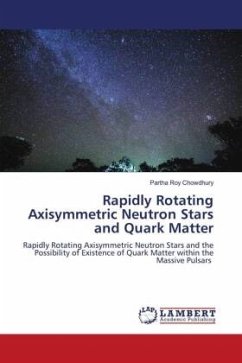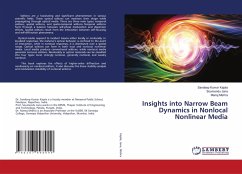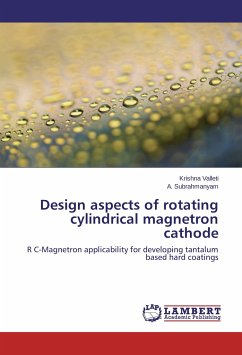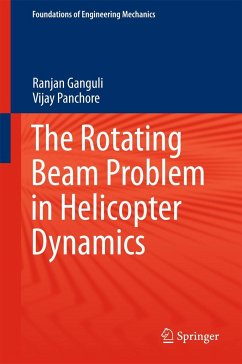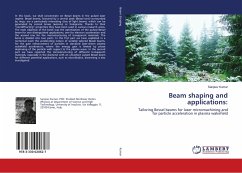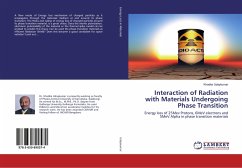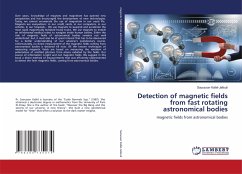
Beam-Transport in Rotating Gantries with Superconducting Final Magnet
Application of a Combined-Function Superconducting Magnet in Ion-Therapy Gantries: Beam-Transport Aspects
Versandkostenfrei!
Versandfertig in 6-10 Tagen
25,99 €
inkl. MwSt.

PAYBACK Punkte
13 °P sammeln!
An ion-optical design of an isocentric proton and carbon-ion gantry with a compact curved superconducting final bending magnet is presented. In contrast to other existing designs, "hybrid" beam transport systems containing a single superconducting element - the last bending magnet are proposed. All other elements are based on conventional warm technology. Ion-optical properties of such hybrid systems are investigated in case of transporting non-symmetric (i.e. different emittance patterns in the horizontal and vertical plane) beams. Different conditions for transporting the non-symmetric beams...
An ion-optical design of an isocentric proton and carbon-ion gantry with a compact curved superconducting final bending magnet is presented. In contrast to other existing designs, "hybrid" beam transport systems containing a single superconducting element - the last bending magnet are proposed. All other elements are based on conventional warm technology. Ion-optical properties of such hybrid systems are investigated in case of transporting non-symmetric (i.e. different emittance patterns in the horizontal and vertical plane) beams. Different conditions for transporting the non-symmetric beams are analyzed aiming at finding the most compact gantry versions. The final gantry layouts are presented including a 2D parallel scanning. Matching of the non symmetric beams to rotating ion optical gantry systems is done by the most modern matching technique - a rotator. Design of the rotators that match the ion-optical properties of the final gantry designs is presented as well. The ion-optical and scanning properties of the final gantry designs as well as the ion-optical properties of the rotators are described, discussed and illustrated by computer simulations performed by WinAGILE.



